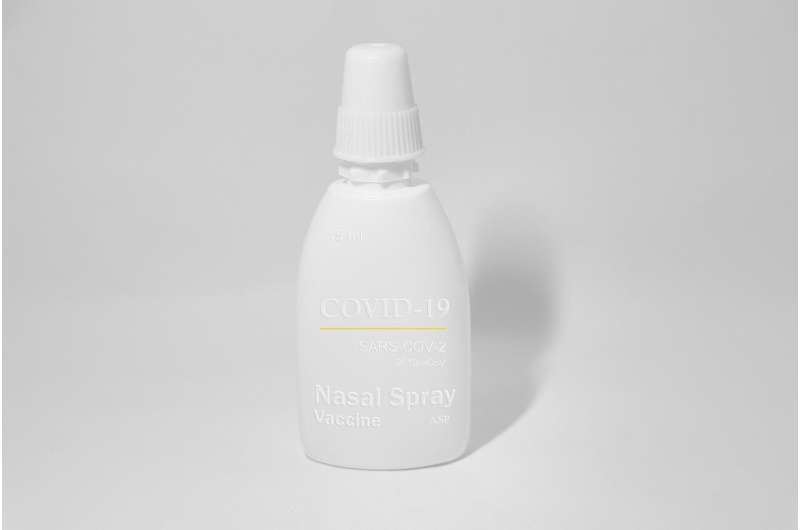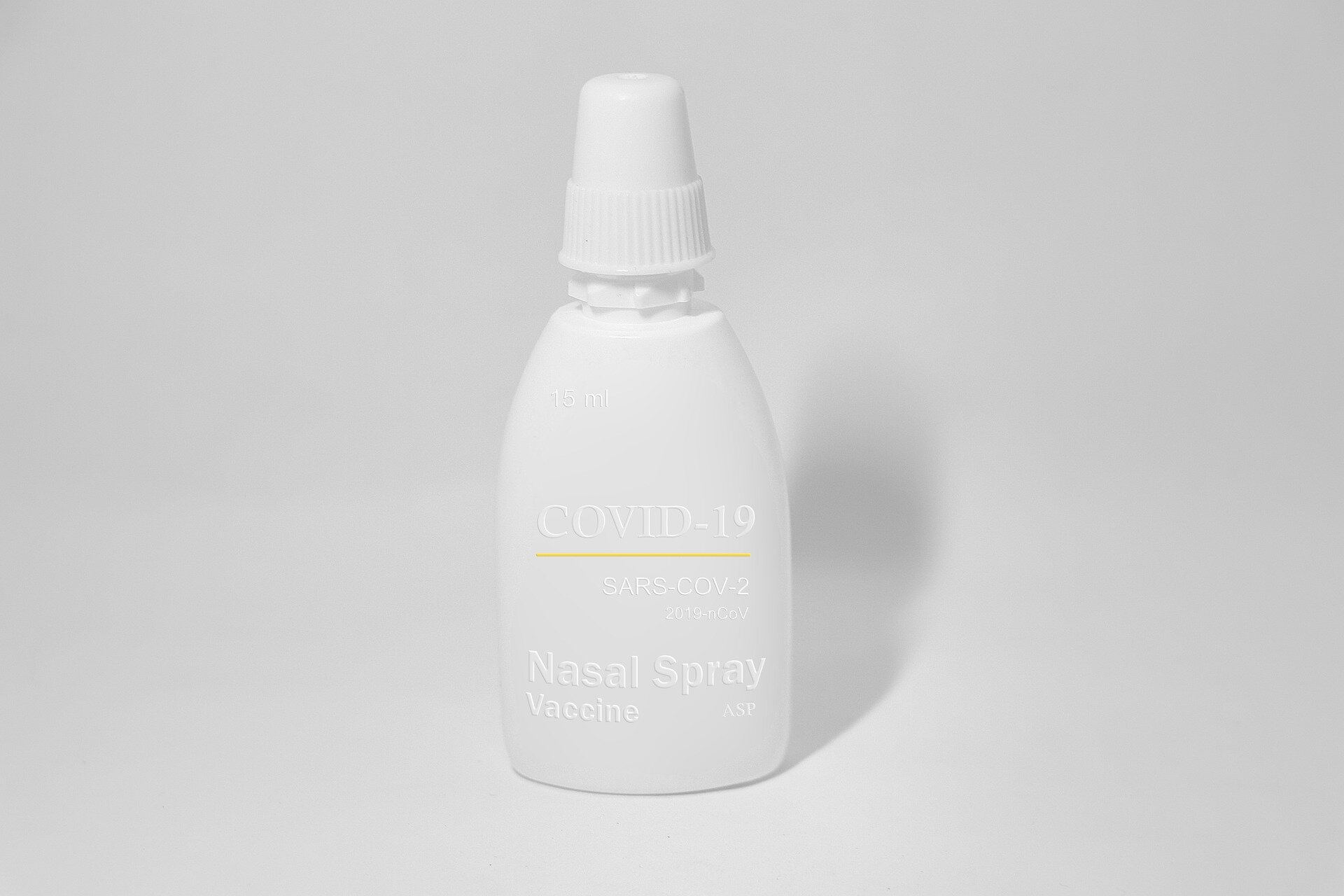
An influenza vaccine administered through the nose and constructed with nanoparticles that enhance immune response offers strong protection against different influenza virus strains, according to researchers in the Institute for Biomedical Sciences at Georgia State University.
The intranasal vaccine contributed to multifaceted immune responses, leading to robust cross protection against influenza in mice. The vaccine consists of PEI-HA/CpG nanoparticles. PEI (polyethyleneimine), a robust and versatile delivery system, can simultaneously carry antigens (hemagglutinin, HA) that induce an immune response in the body, and adjuvants (CpG) that enhance the body’s immune response to an antigen for optimal immunoenhancement.
These comprehensive immune responses and cross protection were long lasting, exhibiting defense from influenza virus over six months after immunization. The findings are published in the journal ACS Applied Materials & Interfaces.
Intranasal vaccination is an ideal approach for infectious respiratory diseases such as influenza. Seasonal influenza vaccines generally induce narrow immune responses that rapidly decline, which leaves populations vulnerable to novel influenza strains. Advancements in influenza vaccine technology are needed to protect against a wide range of influenza viruses. Intranasal vaccination can improve local mucosal immune responses by preventing influenza infection at the portal of virus entry.
In the influenza virus, HA is a protein that plays a crucial role in the early stages of virus infection. Influenza HA has a head region and stalk region. Current influenza vaccines elicit immune responses against the HA head, but this head region is highly changeable and accounts for lowered efficiency against different strains. The HA stalk region is more conservative across different strains of influenza viruses.
Protein antigens that are administered intranasally are usually less able to provoke an immune response, so adjuvants are needed to have highly efficient intranasal vaccines. Adjuvants, such as CpG, can enhance and manipulate immune responses, thus improving the potency and breadth of protection.
“The PEI-HA/CpG nanoparticles show good potential as a cross-protective influenza vaccine candidate,” said Dr. Baozhong Wang, corresponding author of the study and a professor in the Institute for Biomedical Sciences at Georgia State. “The combination of PEI and CpG in the PEI-HA/CpG nanoparticle group contributed to the multifaceted immune responses, leading to vigorous cross protection. The incorporation of CpG and antigens into the same nanoparticle enhanced cellular immune responses.
“Our results revealed that the nanoparticles significantly enhanced HA immunogenicity, or the ability to provoke an immune response, providing cross protection against different influenza virus strains. The conserved HA stalk region induced substantial antibodies in the nanoparticle immunization groups.”
Source: Read Full Article
